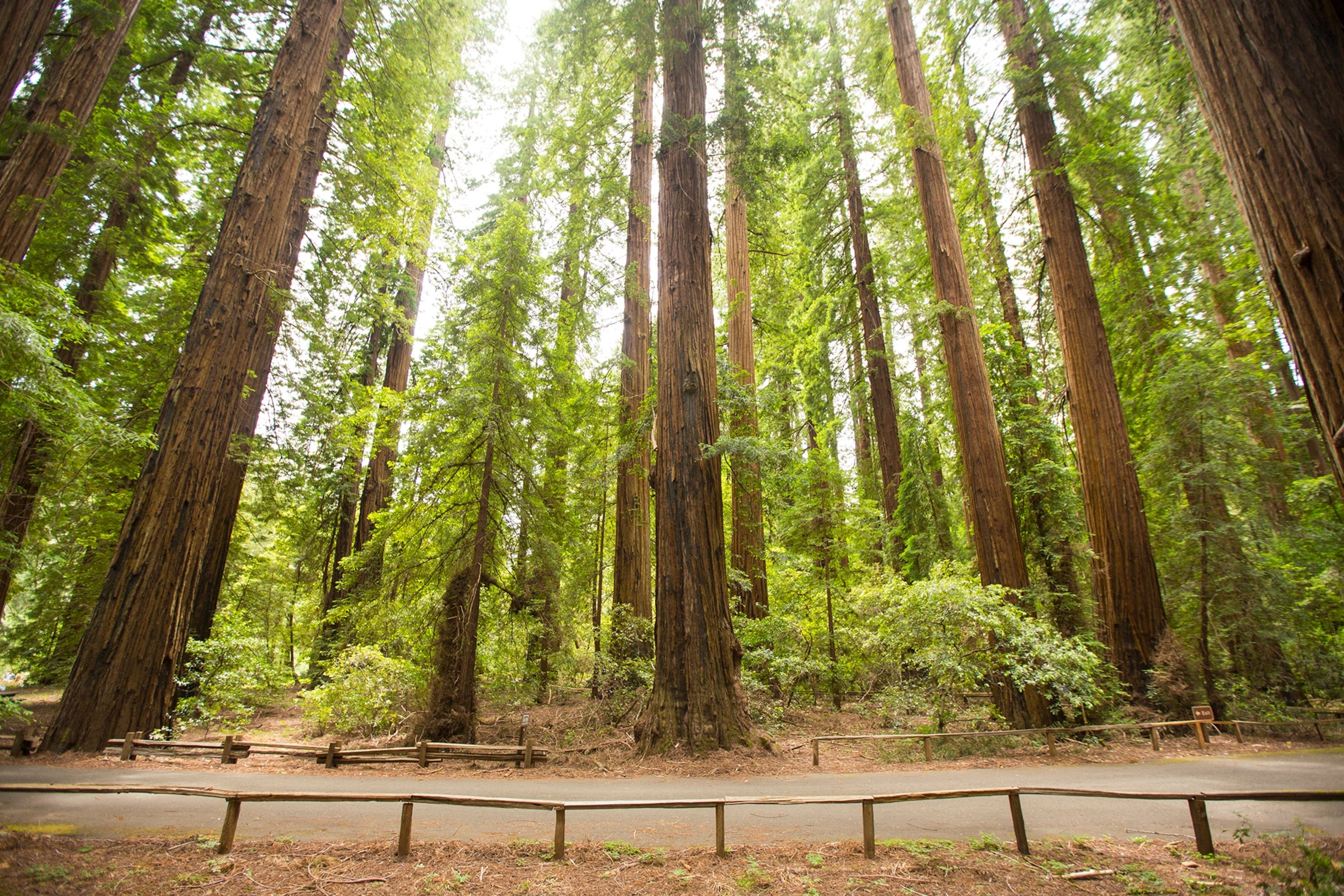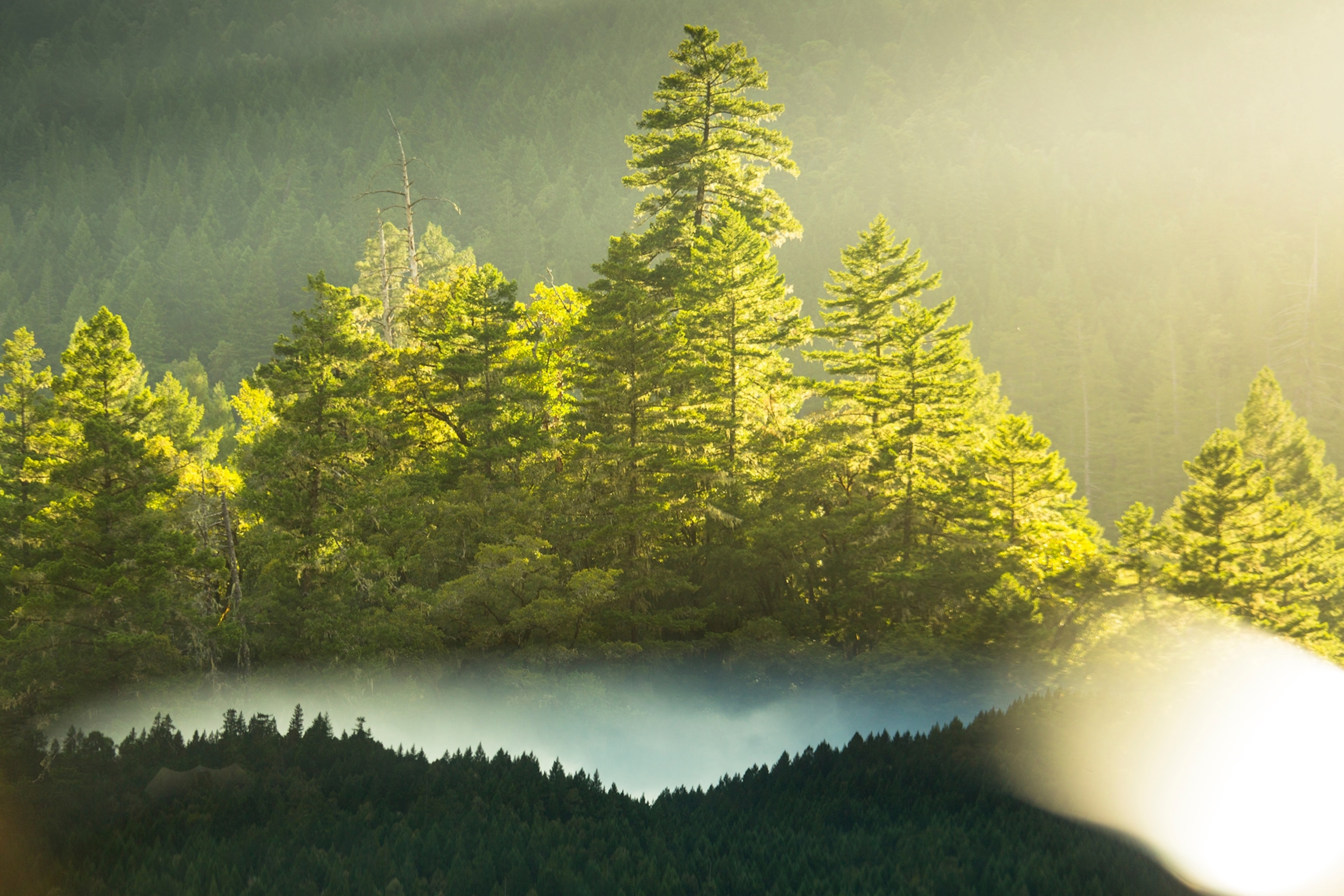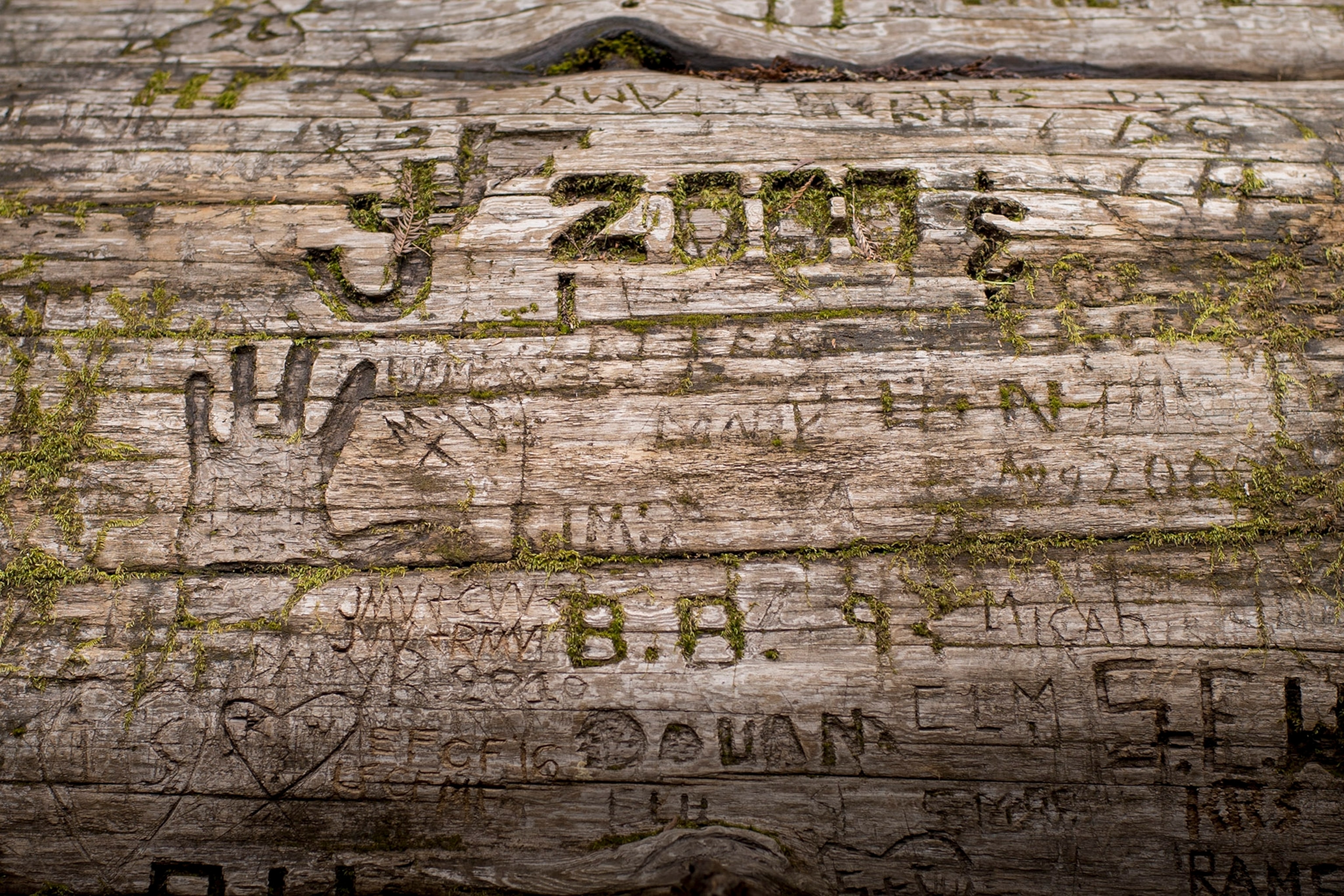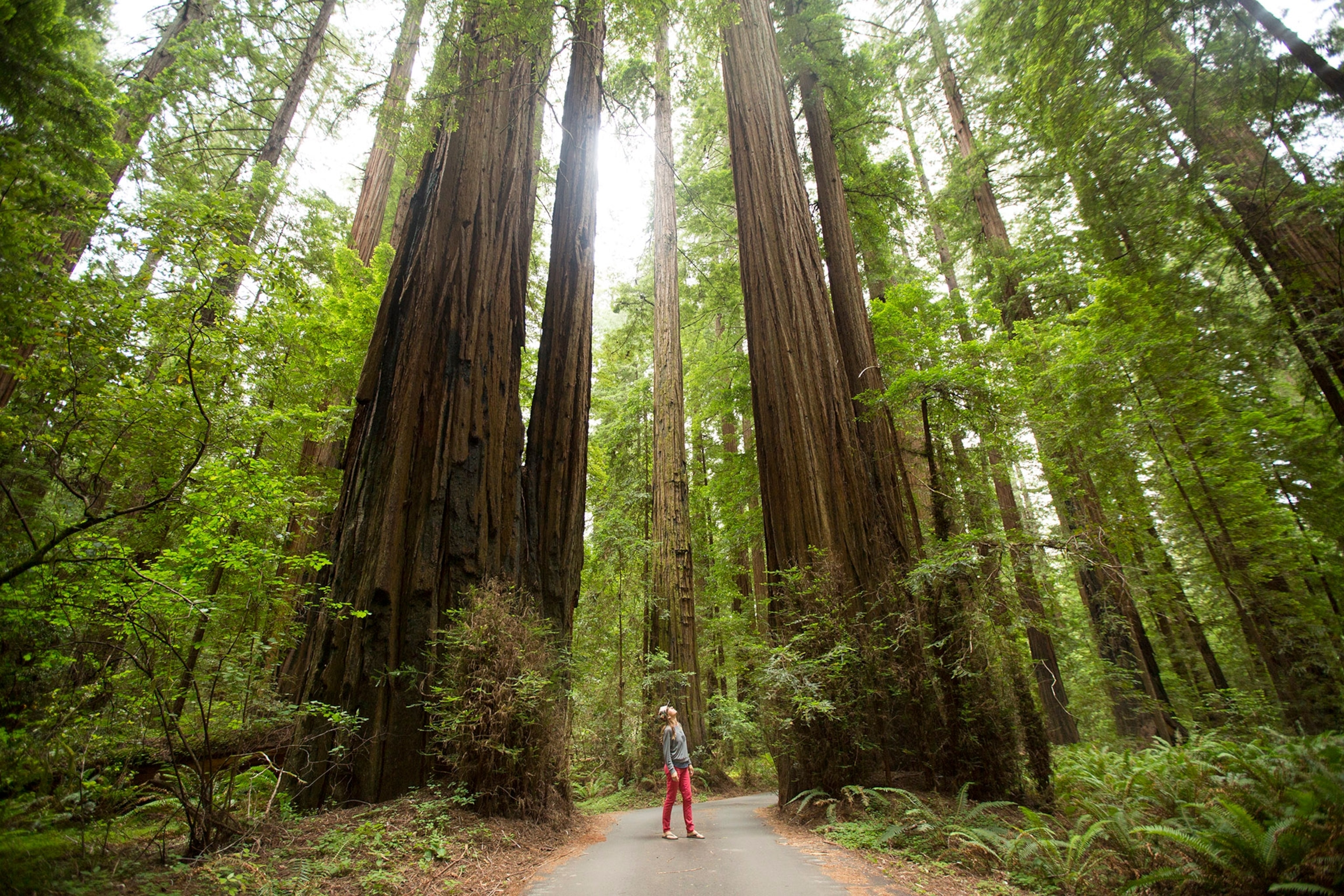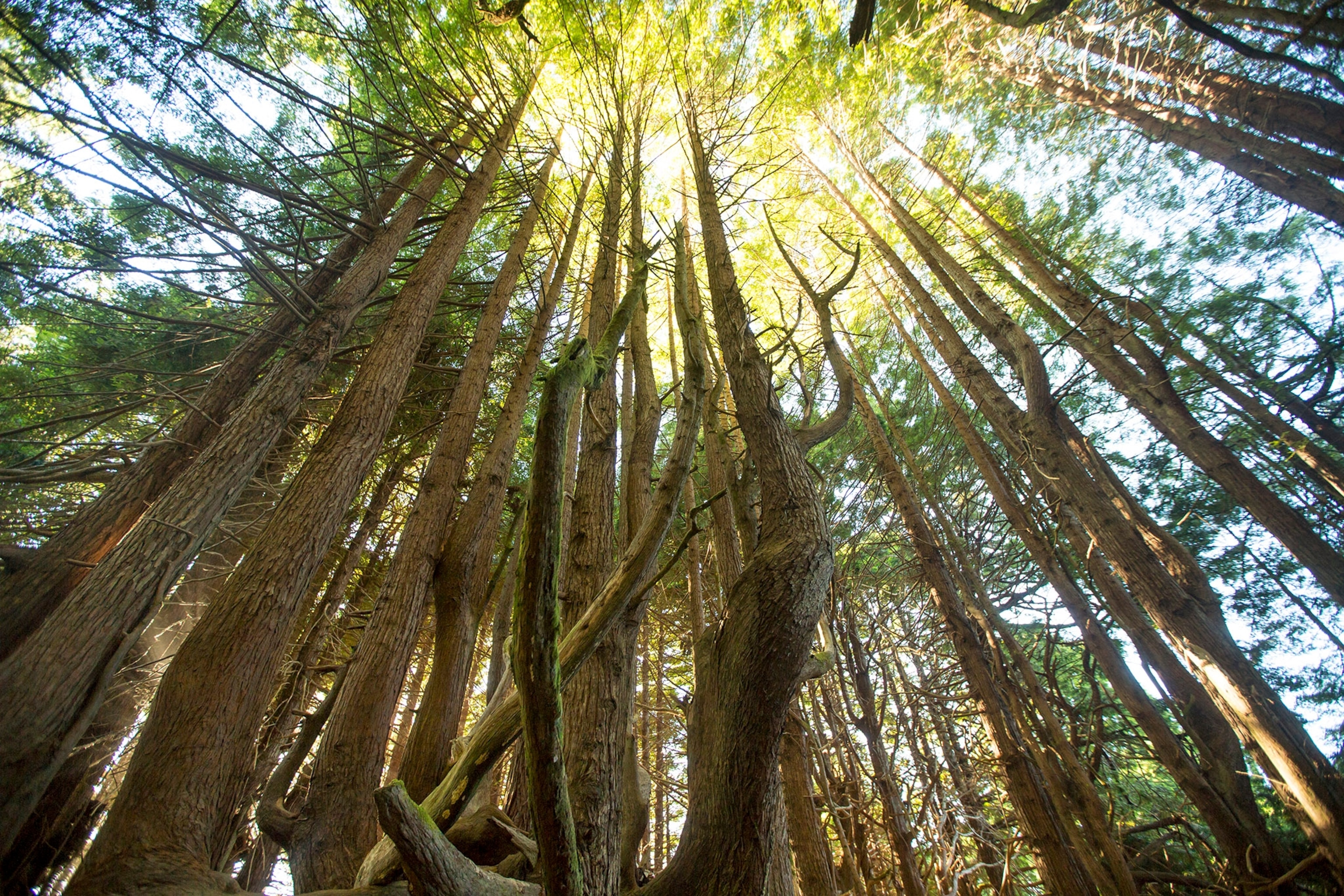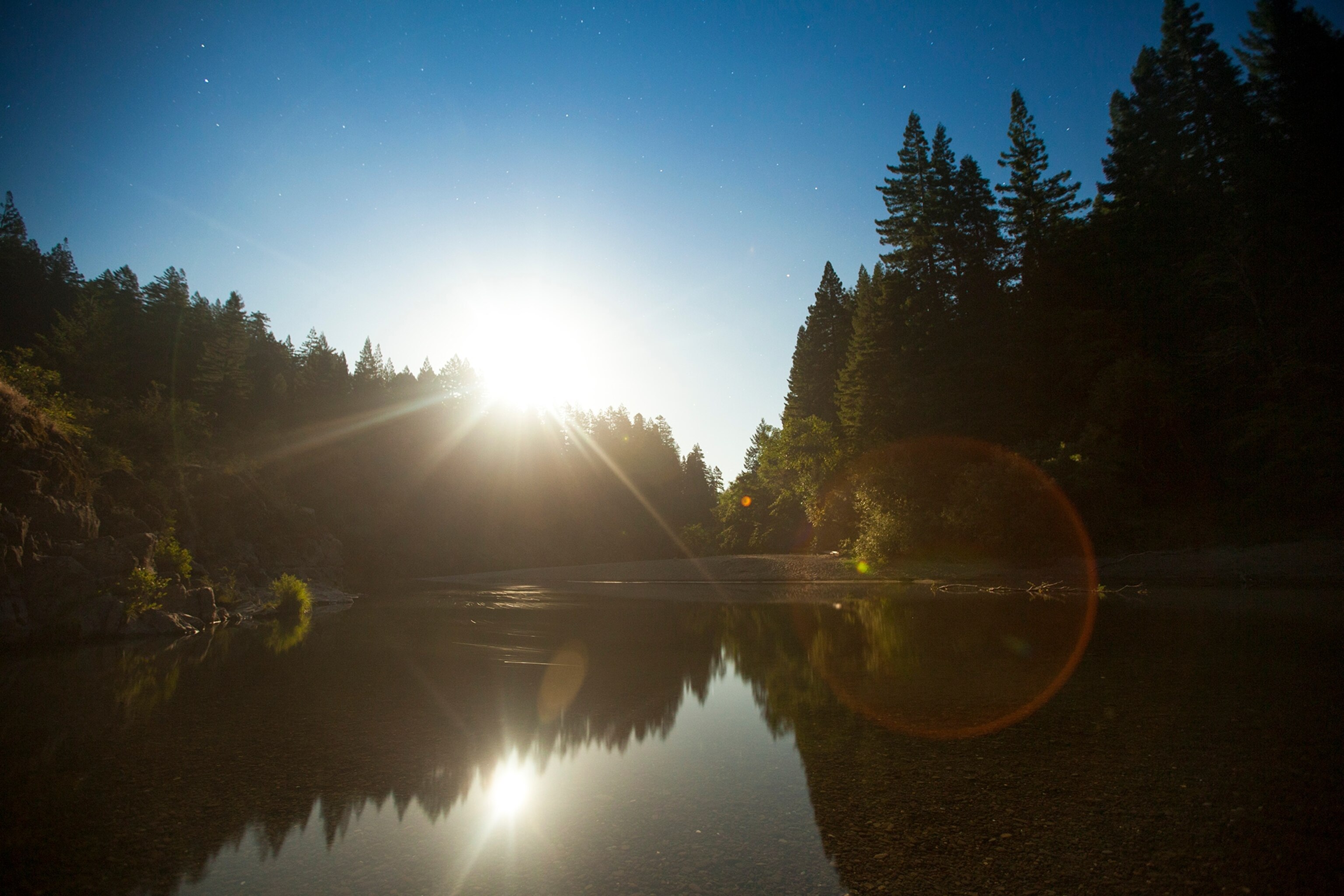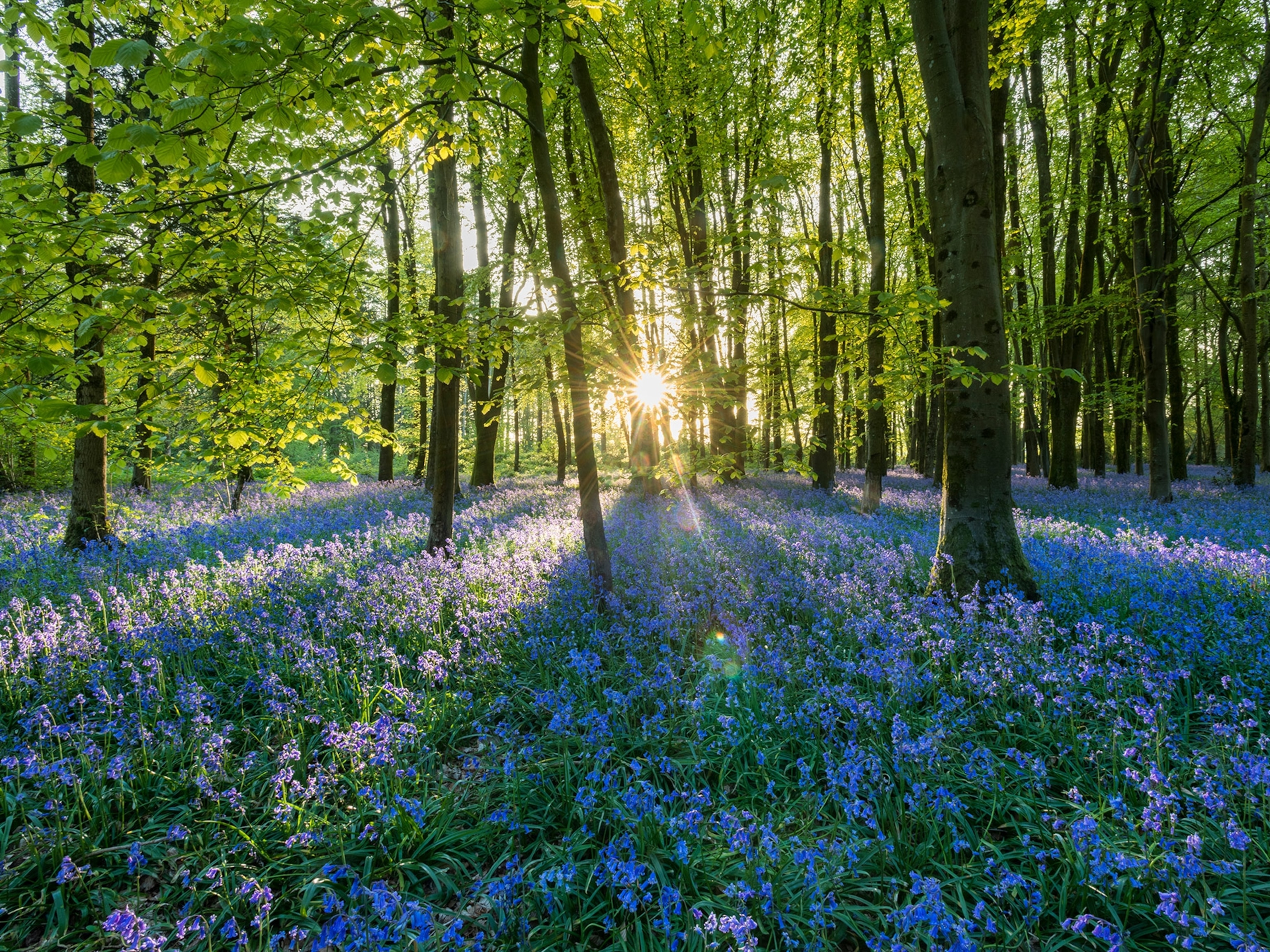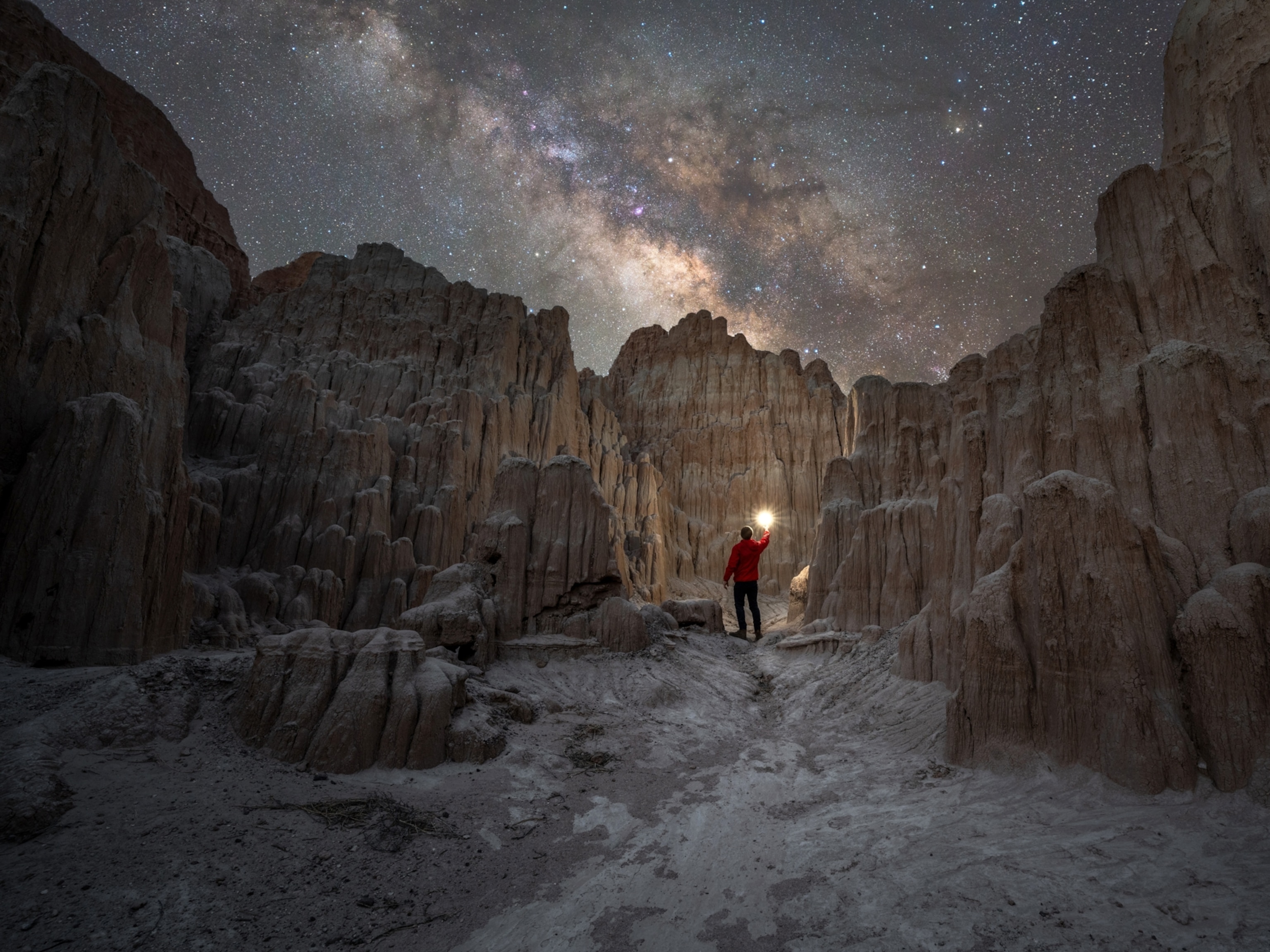See Majestic Photos of the Tallest Trees on Earth
From lush, windswept valleys to sapphire-blue coastline, California’s ancient forests are living fossils.
Stretching along California’s North Coast, the largest surviving block of old-growth redwood forest on Earth juts into the sky.
California's coast redwoods (Sequoia sempervirens) can grow more than 300 feet tall and live upwards of 2,000 years. They owe their mammoth size and long lives to polyphenol-rich bark and heartwood, which makes them resistant to bugs and harmful fungi. The coastal climate also creates a thick veil of fog over the forest, providing a constant source of moisture and fire resistance.
In 1848 the United States took control of California, and discovered gold soon after. Thousands flooded the state looking for riches, and the logging industry capitalized on the population boom by harnessing "sequoia gold” to build homes and infrastructure.
In the 1920s the Save the Redwoods League began acquiring and preserving groves, in 1968 Redwood National Park was established, and in 1980 it was declared a UNESCO World Heritage site. After more than a century of continuous exploitation, however, the remaining old-growth forest represents less than five percent of the original two million acres.
Despite their protected status, threats to survival continue to evolve. According to the Save the Redwoods League, “The redwoods—Earth's ancient giants—stand at a new crossroads of environmental change where urbanization, habitat fragmentation, pollution, invasive species and climatic changes threaten them in ways they have not yet experienced in their long history on Earth.”
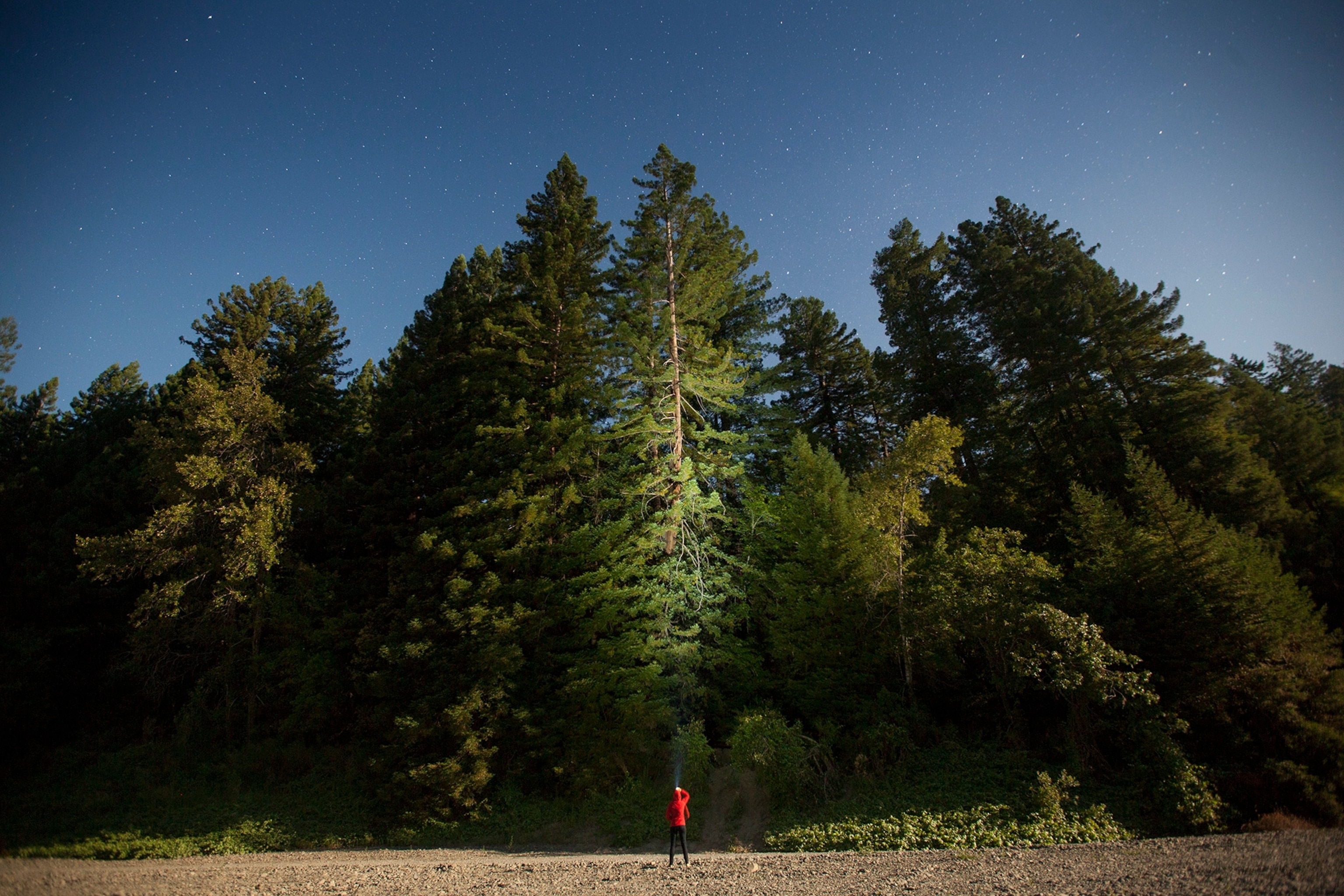
- National Geographic Expeditions
